Wednesday, May 17, 2017
I started this whole eTextiles saga as steps toward putting together a 2-hour class for 7th graders. Here are some notes on putting together that shindig.
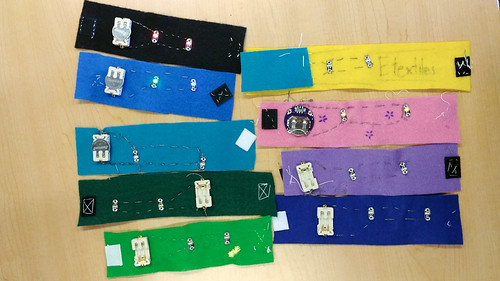
Lesson-wise, I started them off with Sewing Skills:
- Sewing basics (i.e., knot & thread a needle and eTextiles tips & tricks).
- Create a simple textile project practicing basic sewing skills. (Like a simple felt wristband, here)
- Diagram the circuit before you sew it (we use paper prototyping cut-outs)
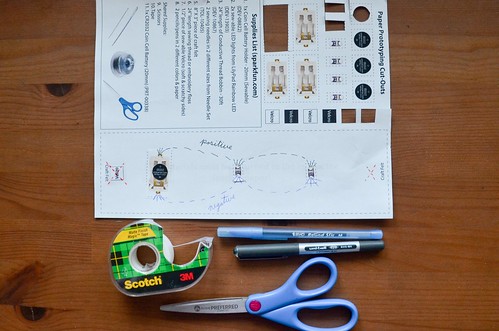
- Pick a circuit to implement.
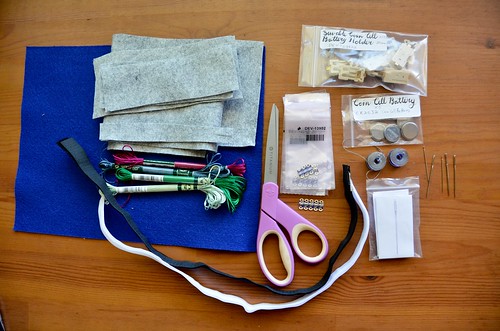
Supplies for 10 students
Depending on which project you implement and how, you'll need different things. In all cases, supplies should probably come from SparkFun.com, as I've included the product numbers from there. There are some simple items that are necessary for each project, that students can share:
For the felt wristband:
- Craft felt (half sheet per student = 5 full sheets) ...$0.50*(num_students/2) = $2.50 (non-reusable)
- Scissors (1 per student)...1*num_students = 10 pairs of scissors
- Needle threaders (3) = $2 (students need to be told to pull the wires, not the handle, or they'll break!)
- 2 yds sewing thread per student = $3 spool of thread
- 1 small sewing needle (TOL-10405 2 per pack + big needles for embroidery floss)...$2/2*num_students = $10 (can do cheaper if you just buy sewing needles from JoAnn fabrics)
- 0.5 in sewable Velcro ...0.5*num_students = 0.25 yd sewable Velcro
For the paper prototyping:
- Scissors from above and...
- Pens (or colored pencils/markers) in 2 colors ...2*num_students= 20 pens total
- Tape (1 per 2 students) ...1/2*num_students = 5
- 1 Paper prototyping print-out ...1*num_students = 10 pages (non-reusable)
Base reusable supplies for the circuits:
- All of the above and...
- 1x CR2032 Coin Cell Battery (PRT‐00338) (1 per 2 students) ...$2*1/2*num_students = $10
- 1 sewable battery holder (DEV-08822 or DEV-13883) ...$2*num_students = $20
- ~5ft+ conductive thread - actual number depends on how far apart all your components are! (DEV-10867 - 30 ft per spool) ...at least 2 --> $3*2 = $6 (kiddos tend to go through the thread) (non-reusable)
- Supplies for the Simple Circuit Wristband
- 1 Lilypad LED (DEV-13903) ...$.80*1*num_students = $8
- Supplies for the Parallel Circuit Wristband
- 2 Lilypad LEDs (DEV-13903) ...$.80*2*num_students = $16
- Supplies for the Sparkling Computer Chip Wristband
- 4 Lilypad LEDs (DEV-13903) ...$.80*4*num_students = $32
- 1 LilyTwinkle or 1 LilyTiny - they have different sparkling behaviors (DEV113-64 or DEV-10899) ...$5*num_students = $50
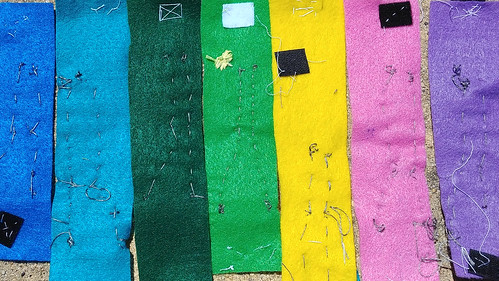
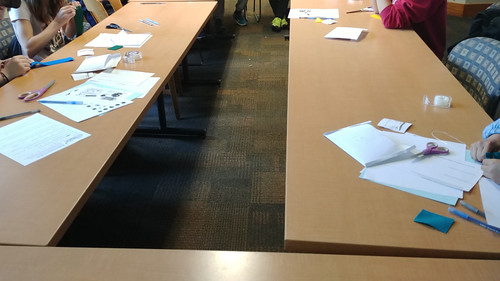
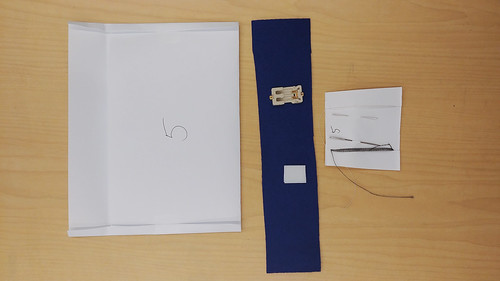
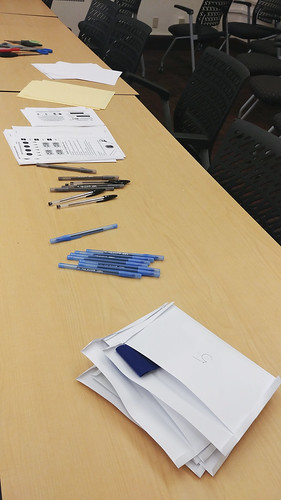
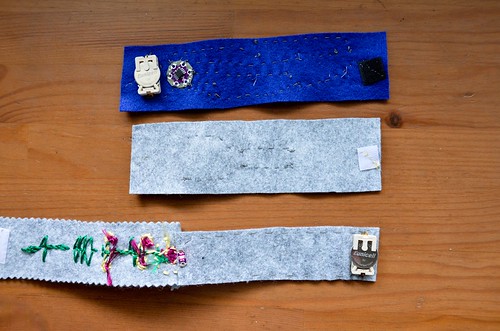






0 comments:
Post a Comment